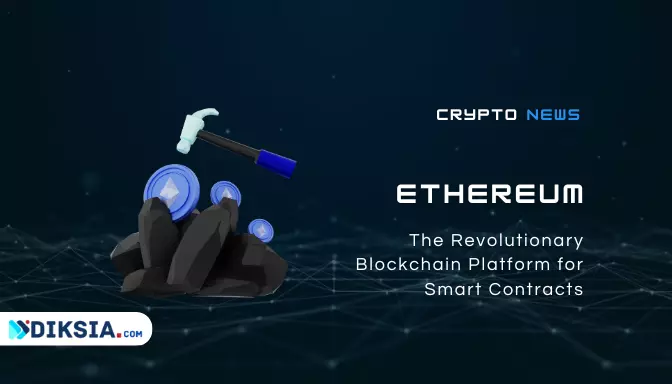The whitepaper outlined the technical details and vision for a blockchain platform capable of supporting smart contracts and decentralized applications.
Following its release, a successful crowdfunding campaign was held to finance the development of Ethereum.
What is the Development Roadmap for Ethereum?
Ethereum’s development roadmap includes several crucial upgrades. Notable among them is the ongoing transition from PoW to PoS consensus mechanism, known as Ethereum 2.0 or Eth2. This upgrade aims to enhance scalability, security, and energy efficiency.
Additionally, Ethereum developers are continuously working on improvements, such as layer-two solutions and the implementation of Ethereum Improvement Proposals (EIPs) to enhance the network’s capabilities.
Who Are the Key People Behind Ethereum?
While Vitalik Buterin is the most recognized figure behind Ethereum, the platform’s development and growth are supported by a vibrant community of developers, researchers, and contributors.
These individuals work collectively to advance Ethereum’s technology, maintain its security, and foster innovation in the ecosystem.
Ethereum Technology
What is the Underlying Technology of Ethereum?
Ethereum is built upon blockchain technology, which is a distributed ledger that maintains a decentralized record of all transactions and smart contracts. It utilizes a consensus mechanism to validate and secure the network, ensuring trust and immutability.
Ethereum’s underlying technology enables the execution of Turing-complete smart contracts, providing a foundation for decentralized applications and the token economy.
How Does Ethereum Work?
Ethereum operates through a network of nodes that maintain the blockchain and execute smart contracts. Transactions are bundled into blocks and added to the chain through a process known as mining (in the current PoW system).
Miners compete to solve complex mathematical puzzles, and the first one to solve it adds the block to the blockchain. The consensus mechanism ensures the integrity of the network and prevents double-spending.
What are the Advantages of Ethereum’s Technology?
Ethereum’s technology offers several advantages:
- Decentralization: Ethereum eliminates the need for central authorities, fostering a trustless and censorship-resistant environment.
- Flexibility: The platform’s programmable nature allows developers to create a wide range of decentralized applications and smart contracts.
- Security: Ethereum’s blockchain provides a robust and transparent security model, minimizing the risk of fraud and tampering.
- Interoperability: The Ethereum ecosystem supports the seamless integration of various applications and protocols, enabling collaboration and innovation.
Ethereum Market
What is the Current Market Capitalization of Ethereum?
The market capitalization of Ethereum is subject to change due to market dynamics. As of the time of writing, Ethereum’s market capitalization stands among the highest in the cryptocurrency market.






